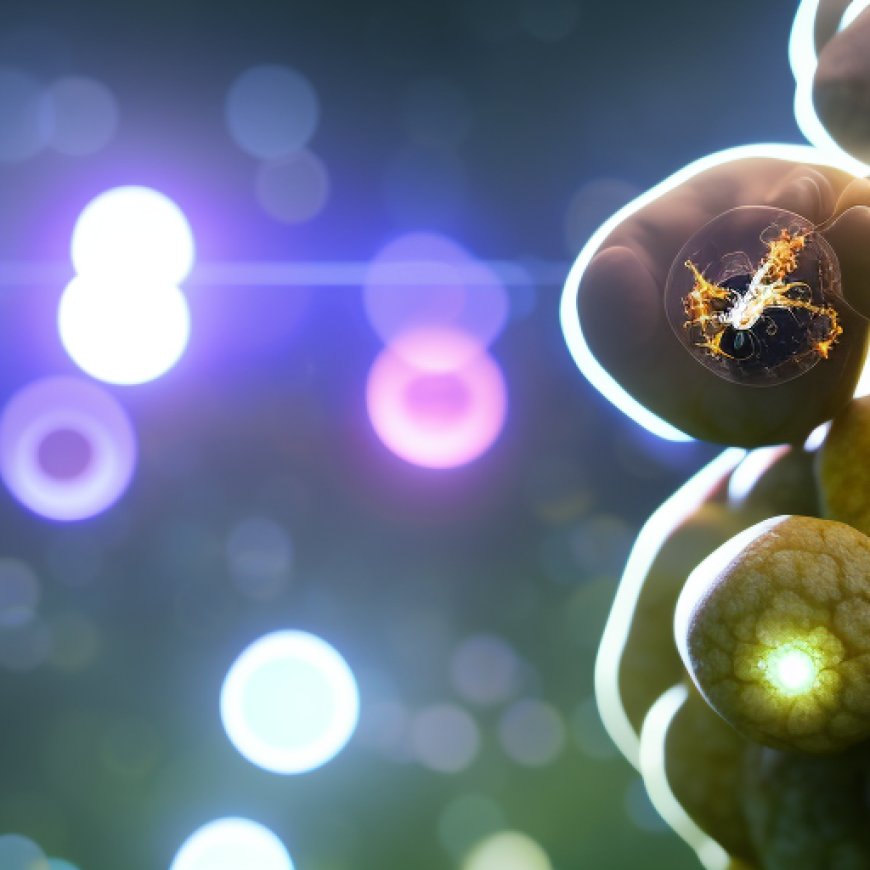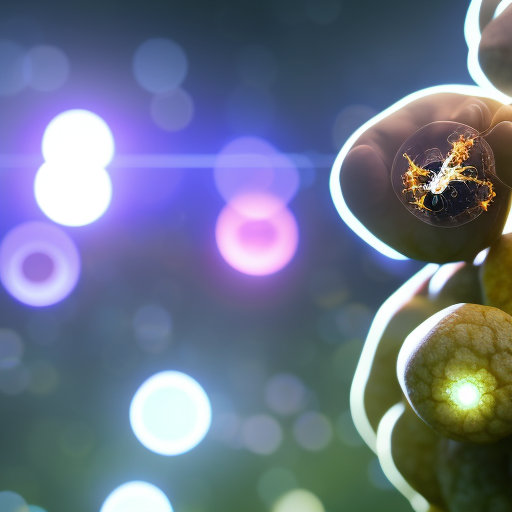This is how biodiversity loss impacts medicine and human health
This is how biodiversity loss impacts medicine and human health The European Sting


Biodiversity Loss and Its Impact on Medicine and Human Health
Introduction
This report highlights the critical issue of biodiversity loss and its implications for medicine and human health. It emphasizes the importance of addressing this issue in line with the Sustainable Development Goals (SDGs) set by the United Nations. Biodiversity loss is a significant global risk, with climate change and land-use change being major contributing factors.
The State of Biodiversity
- Almost half of the world’s flowering plants are facing extinction due to climate change and land-use change.
- The World Economic Forum’s Global Risks Report 2023 identifies biodiversity loss as one of the biggest risks over the next decade.
- Nature plays a vital role in human health and well-being, providing essential resources such as oxygen, food, and medicine.
Threats to Plants and Fungi
Plants, including orchids, are dying out at an alarming rate, with orchids being among the most threatened plant species. Around 56% of the orchid family and 45% of all flowering plants are at risk of extinction. Additionally, fungi, which are a valuable source of bioactive compounds, are also under threat, with 95% of the world’s fungi yet to be discovered.
Medicinal Value of Biodiversity
Plants and fungi are essential sources of ingredients for modern and traditional medicines. Orchids have been used in traditional Chinese medicine for centuries, and more than 40% of pharmaceutical formulations are derived from natural sources. Fungi, in particular, provide bioactive compounds used in antibiotics, immunosuppressants, and other medications. Many life-saving drugs, including anticancer agents and treatments for Parkinson’s disease and Alzheimer’s, are derived from plants.
Conservation and Sustainable Use
Conservation efforts are crucial to protect biodiversity and ensure the sustainable use of plants for medicinal purposes. Indigenous communities play a vital role in these efforts. Satellite technology and big data are being used to monitor species and mitigate extinction risks. The recent agreement to protect 30% of the Earth’s land and oceans by 2030 at the United Nations’ Biodiversity Conference (COP15) is a significant step towards conservation.
Conclusion
Protecting biodiversity is essential for the future of medicine and human health. It is crucial to address biodiversity loss in line with the SDGs and prioritize conservation efforts. By safeguarding nature, we can ensure the availability of vital resources and continue to benefit from the medicinal value of plants and fungi.

Join us, as fellow seekers of change, on a transformative journey at https://sdgtalks.ai/welcome, where you can become a member and actively contribute to shaping a brighter future.







